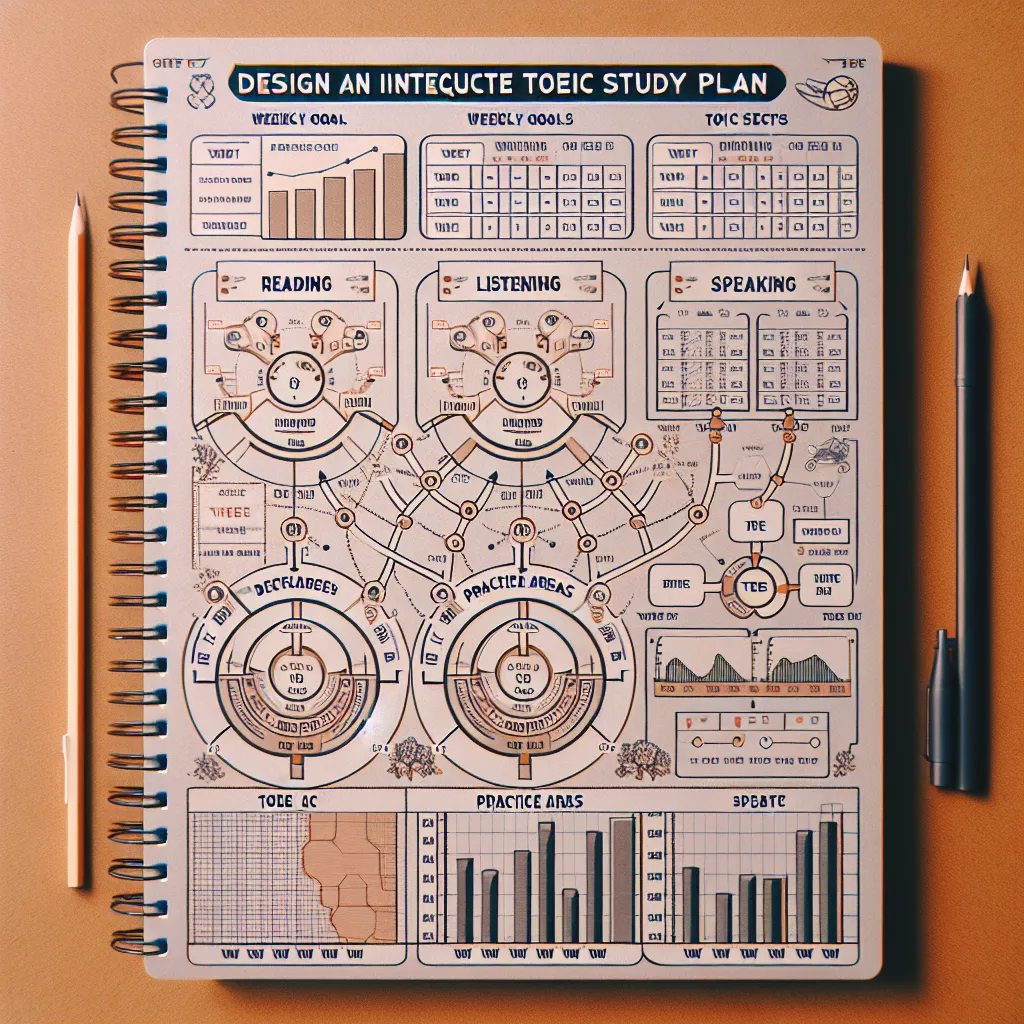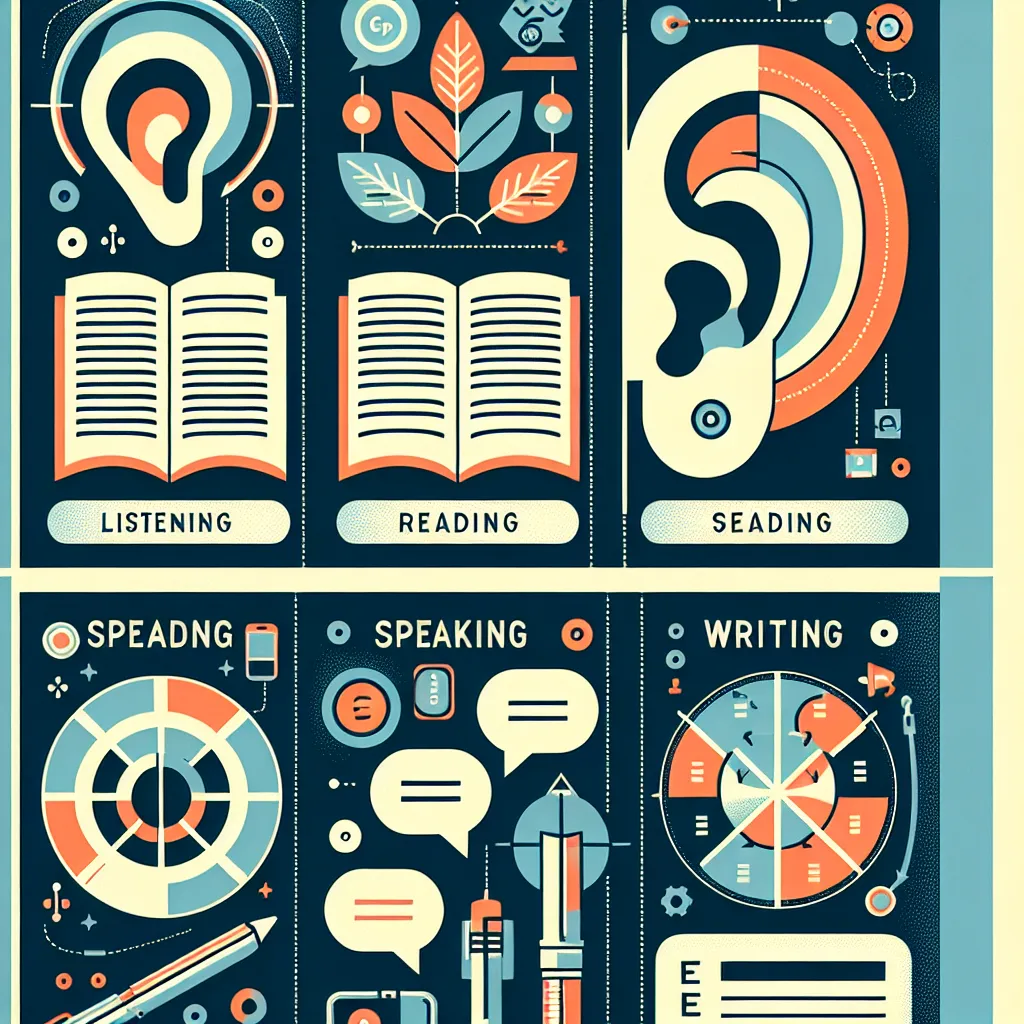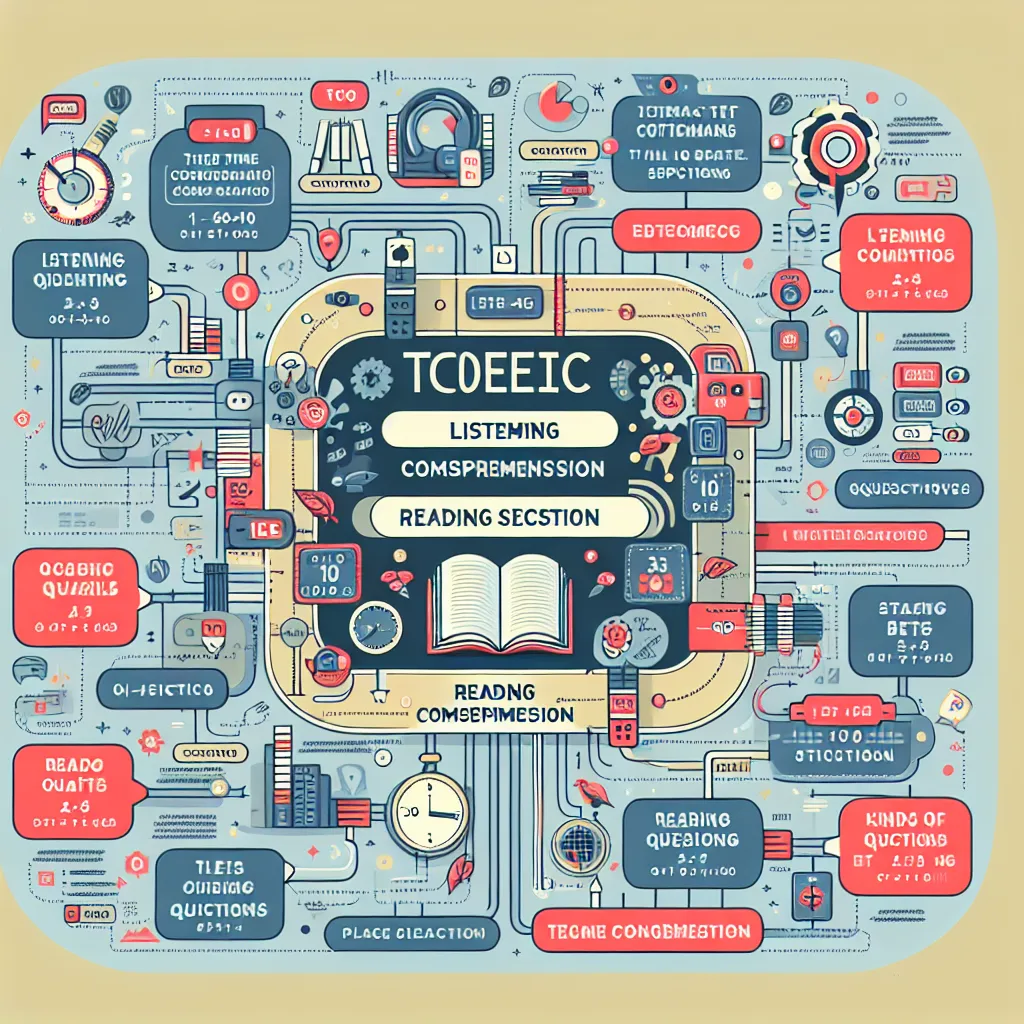The Test of English for International Communication (TOEIC) is a widely recognized exam that assesses English language proficiency for business and workplace settings. As language testing evolves, it’s crucial for test-takers to stay informed about the most recent changes. This article will provide an in-depth look at the latest structure of the TOEIC test, helping you prepare effectively for your upcoming exam.
Understanding the Current TOEIC Test Format
The TOEIC test has undergone several revisions since its inception, with the most recent significant changes implemented in 2018. The current structure consists of two main sections: the Listening and Reading Test and the Speaking and Writing Test. Let’s explore each section in detail.
The Listening and Reading Test
This is the more traditional part of the TOEIC and is still the most commonly taken. It’s a paper-based test that takes approximately 2 hours and 30 minutes to complete.
Listening Section (45 minutes)
-
Part 1: Photographs (6 questions)
- You’ll hear four statements about a photograph and choose the one that best describes it.
-
Part 2: Question-Response (25 questions)
- You’ll hear a question or statement and three possible responses. You must select the most appropriate response.
-
Part 3: Conversations (39 questions)
- You’ll listen to a conversation between two people and answer three or four questions about it.
-
Part 4: Short Talks (30 questions)
- You’ll hear a short talk, such as an announcement or advertisement, and answer three questions about it.
Reading Section (75 minutes)
-
Part 5: Incomplete Sentences (30 questions)
- You’ll read a sentence with a blank and choose the word or phrase that best completes it.
-
Part 6: Text Completion (16 questions)
- You’ll read a passage with four blanks and select the best word or phrase to fill each blank.
-
Part 7: Reading Comprehension (54 questions)
- You’ll read various texts, including emails, articles, and advertisements, and answer questions about them.
 TOEIC Listening and Reading Test structure
TOEIC Listening and Reading Test structure
The Speaking and Writing Test
This section is computer-based and takes approximately 1 hour and 20 minutes to complete.
Speaking Section (20 minutes)
- Questions 1-2: Read a text aloud
- Question 3: Describe a picture
- Questions 4-6: Respond to questions
- Questions 7-9: Respond to questions using information provided
- Question 10: Propose a solution
- Question 11: Express an opinion
Writing Section (60 minutes)
- Questions 1-5: Write a sentence based on a picture
- Questions 6-7: Respond to a written request
- Question 8: Write an opinion essay
Key Changes in the Latest TOEIC Structure
Understanding the recent modifications to the TOEIC test can help you prepare more effectively. Here are some of the most significant changes:
-
More focus on communication skills: The test now emphasizes real-world communication scenarios, reflecting the needs of the modern workplace.
-
Updated content: Questions now include more digital communication contexts, such as email and online chat conversations.
-
Integrated tasks: Some questions require you to synthesize information from multiple sources, mirroring real-life work situations.
-
Expanded vocabulary: The range of vocabulary tested has been broadened to include more business and technology-related terms.
-
Enhanced audio quality: The listening section now features a wider variety of English accents and more natural conversations.
Preparing for the Latest TOEIC Test Structure
To excel in the current TOEIC format, consider the following tips:
-
Practice with updated materials: Ensure you’re using the most recent TOEIC preparation books and online resources that reflect the latest test structure.
-
Focus on real-world English: Engage with authentic English content such as business news, podcasts, and professional communication samples.
-
Improve your note-taking skills: This is crucial for the integrated tasks and longer listening passages.
-
Enhance your digital literacy: Familiarize yourself with various digital communication formats, as they are now more prominent in the test.
-
Work on time management: With the updated structure, efficient time allocation is more important than ever.
Important Considerations
When preparing for the TOEIC test, keep these points in mind:
-
Registration process: The Speaking and Writing Test may need to be scheduled separately from the Listening and Reading Test.
-
Score reporting: Each section (Listening, Reading, Speaking, and Writing) is scored separately on a scale of 0-200, with a total score range of 0-990 for Listening and Reading combined.
-
Test availability: The Speaking and Writing Test may not be available in all locations. Check with your local test center for availability.
-
Employer requirements: Some employers may only require the Listening and Reading Test scores, while others might ask for all four sections.
Next Steps
Now that you’re familiar with the latest TOEIC test structure, it’s time to start your preparation:
-
Take a diagnostic test to assess your current level and identify areas for improvement.
-
Create a study schedule that covers all sections of the test.
-
Practice regularly with updated TOEIC materials and real-world English content.
-
Consider enrolling in a TOEIC preparation course or working with a tutor experienced in the latest test format.
-
As your test date approaches, take full-length practice tests under timed conditions to build stamina and improve time management.
Understanding the latest structure of the TOEIC test is the first step towards achieving your desired score. By focusing on the updated format and honing your skills in all four language areas, you’ll be well-prepared to demonstrate your English proficiency in the international business world. Remember, consistent practice and exposure to authentic English are key to success in the TOEIC test. Good luck with your preparation!




